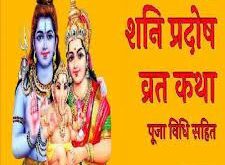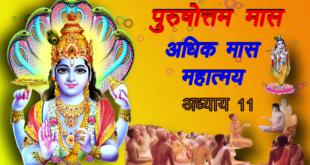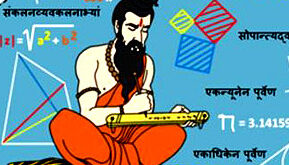Rangoli is a traditional Indian art of decorating the entrance to a house. Learn more about its importance during Diwali.
Diwali is touted as a festival of lights. However, colours also play a big role in this festival. Houses are freshly painted and adorned with a multitude of decorations. People buy new clothes and gifts for their family and friends. Colours are most noticeable though in the traditional rangoli patterns that grace the entrance of every home.
Rangoli is a timeless tradition that is followed all over India. Rangoli is also known as alpana, aripoma, or kolam. It is an ancient art, practiced by almost all households. In many cases, designs are passed down through generations with some of them being hundreds of years old.

The word ‘rangoli’ is said to have been derived from the words ‘rang’ and ‘aavalli’ which refers to a row of colours. Rangoli designs and colours vary between different regions but they all follow some basic patterns. A rangoliusually has a geometrical structure that is also symmetrical. The designpatterns often consist of natural elements like animals, flowers, etc.
Diwali is celebrated, primarily to herald the coming of the goddess Lakshmi. Prayers are offered to her, asking for her blessings in the form of wealth. As such, a rangoli design is created at the entrance of the house, not only to welcome the guests that visit, but also the goddess herself. Rangoli patternsare usually made using coloured chalk, rice powder, and crushed limestone.
There is no limit to how big a rangoli can be. Most rangolis are the same size as a door mat placed at an entrance. These rangolis are especially popular among residents of city buildings, where space is a constraint. For larger houses like bungalows, it is not uncommon to find an entire courtyard filled with a colourfully designed rangoli.
The variety in patterns and the difficulty levels for a rangoli is largely dependent on the talents and skills of the person making the rangoli. A rangoliis always made by hand and all designs are carved out using the fingers. A line is usually drawn using a single finger, like a pencil. In some cases, a pattern may be outlined using dotted movements, which are joined together at the end. Once a pattern is formed, the desired colours are filled in.
 पौराणिक कथाओं, प्रेरक क्षण, मंदिरों, धर्मों, फिल्मों, हस्तियों के बारे में दिलचस्प जानकारी, हजारों गाने, भजन, आरती के बोल हैं Your wish may come true today…
पौराणिक कथाओं, प्रेरक क्षण, मंदिरों, धर्मों, फिल्मों, हस्तियों के बारे में दिलचस्प जानकारी, हजारों गाने, भजन, आरती के बोल हैं Your wish may come true today…



